
GigaIO and SourceCode have teamed up to bring the world an ultraportable but still supercomputer-class device for AI needs. The Gryf weighs 55 pounds or less and is packed into a TSA-friendly carry-on suitcase.
Despite the small form factor, Gryf can accommodate data collection and processing on a scale that would otherwise require sending the data offsite. This revolutionary development for use cases requires quick processing and analysis turnaround.
Gryf is a suitcase-sized supercomputer that supports disaggregating and reaggregating its GPUs. The user can customize the computer's hardware configuration in the field on the fly. You can create the optimal hardware configuration for one assigned workload and then change it for the next.
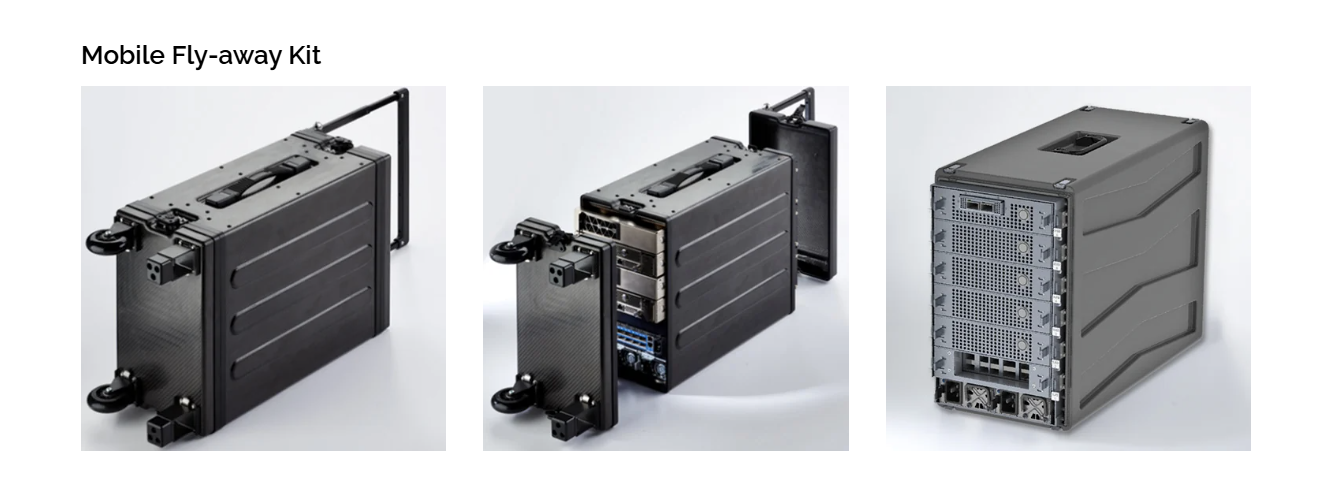
Each Gryf contains multiple slots populated with compute, storage, accelerator, and network sleds tailored to the workload. The suitcase-sized supercomputer has six sled slots to insert and remove modules from as needed.
For AI or ML workloads, for example, you might plug in two compute sleds, an accelerator sled, two storage sleds, and a network sled. Are you moving on to a storage project? Change the configuration to incorporate one compute sled and five storage sleds instead.
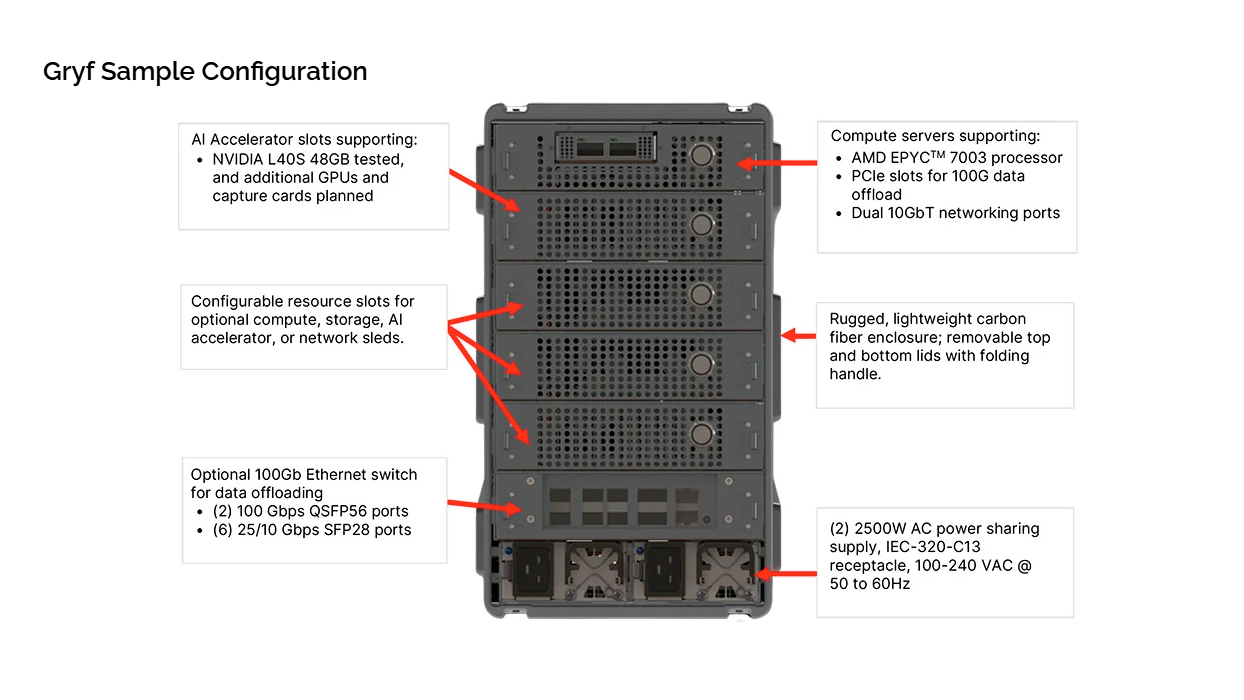
The specifications and capabilities for each type of sled and the Gryf platform itself are as follows:
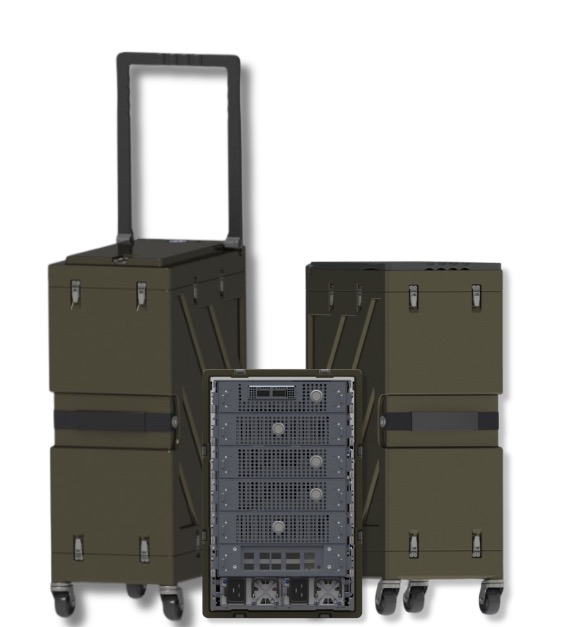
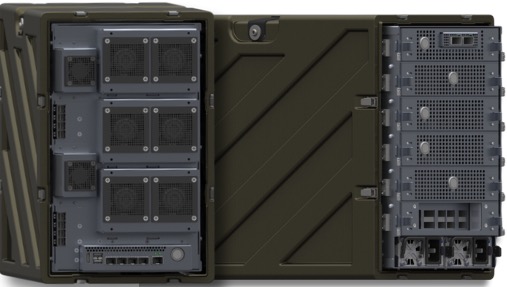
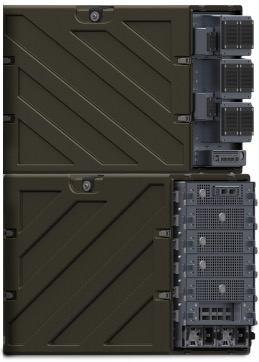
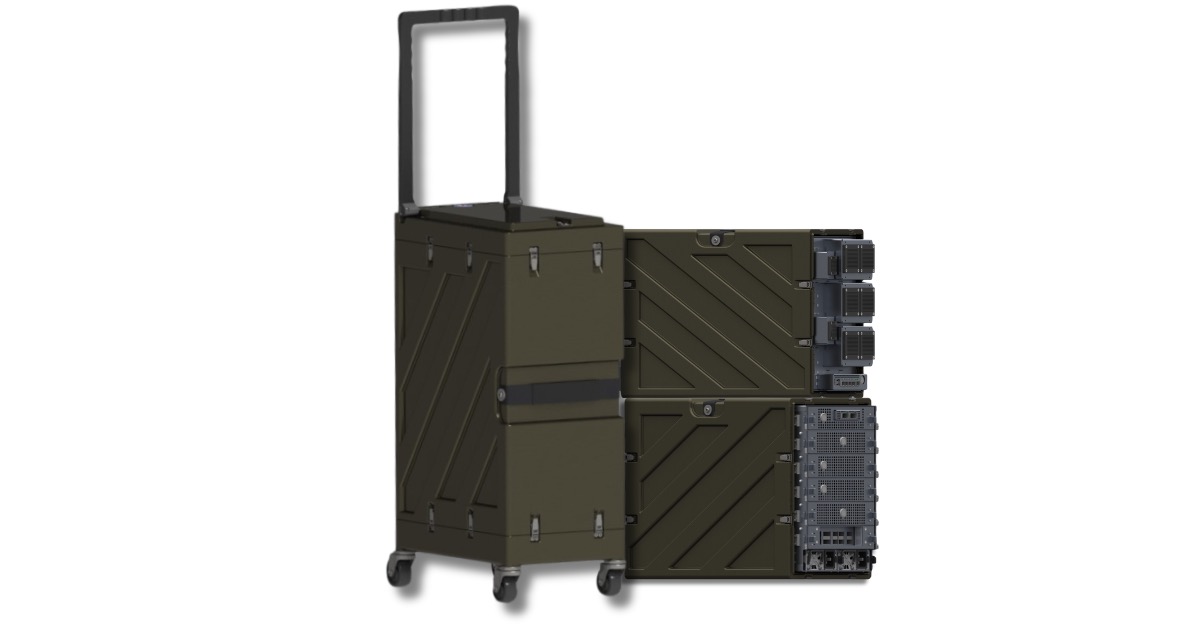
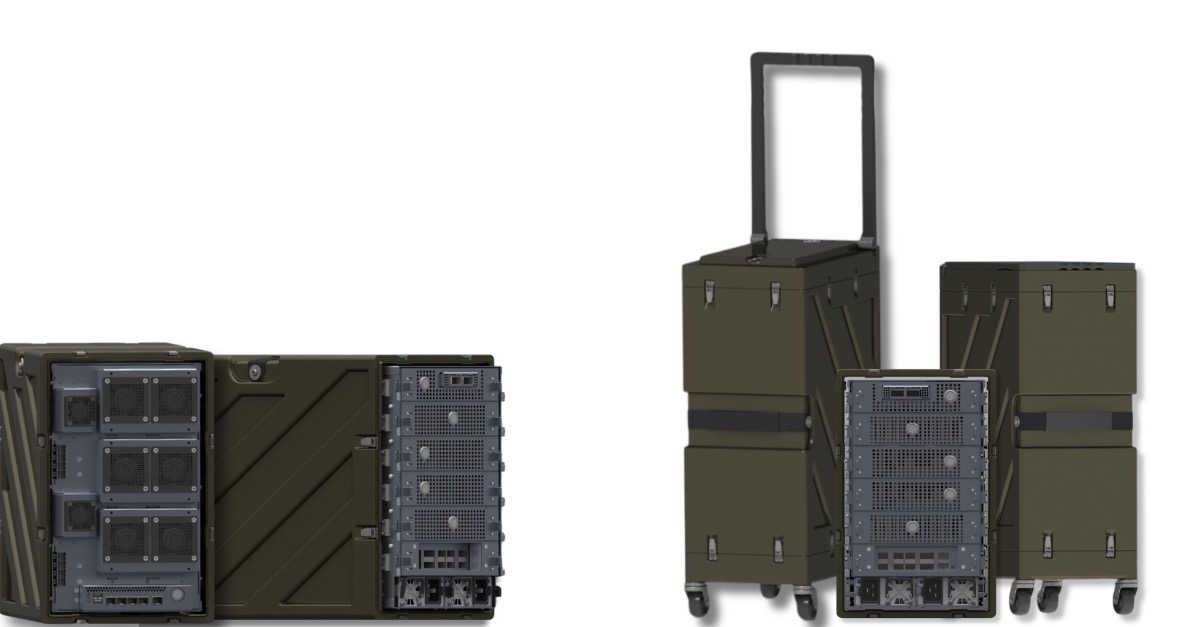
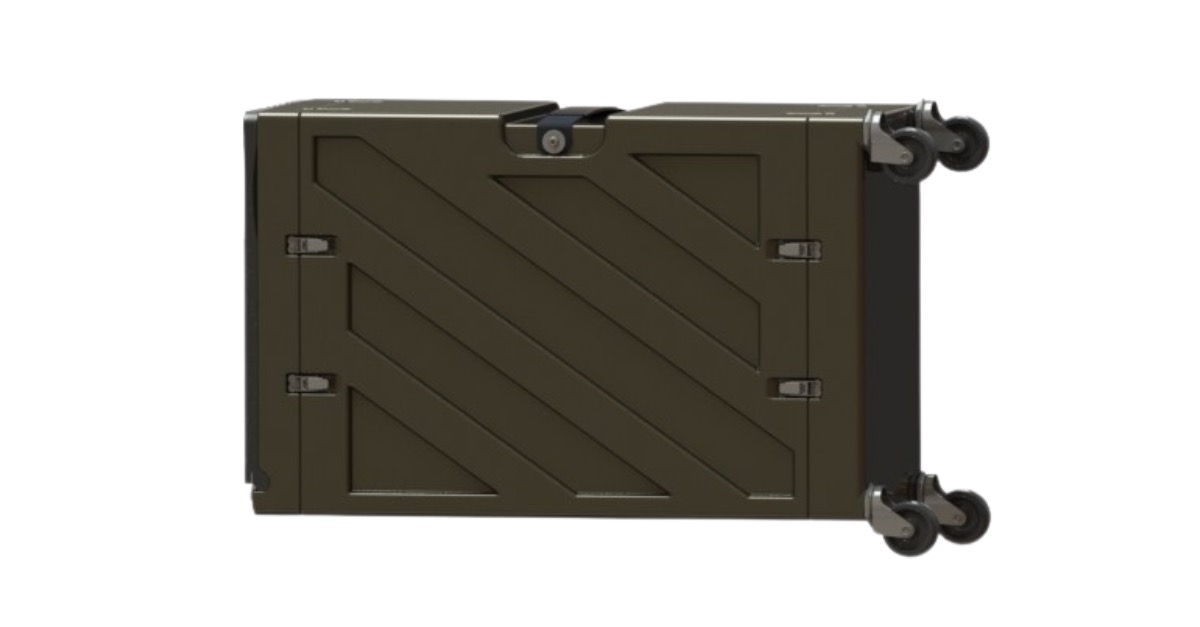
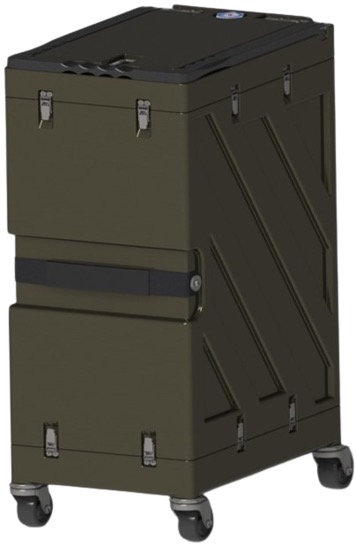
According to GigaIO and SourceCode, a single Gryf can be configured to process over a petabyte of information. Using GigaIO’s FabreX memory fabric, the Gryf can also be stacked with up to four other Gryfs for more demanding workloads.
Once back in the data center, the FabreX memory fabric allows Gryf to connect to the core computer, a GigaPod, for the more demanding processing and analysis tasks. Rather than waiting for days to transmit the data over internet connections, engineers collect and begin processing the data where it was gathered, then cart it off to the data center.
Citing the needs of Department of Defense customers, GigaIO CEO Alan Benjamin pointed out the need to collect and process data where it happened in the field.
“This is true for our Department of Defense customers, who have emphasized the critical need for timely and actionable intelligence in the field. Gryf’s novel architecture, made possible by FabreX, our AI memory fabric, provides those customers the advanced compute, storage, and GPU capabilities they crave in today’s sensor-rich edge environments.”
The companies did not disclose pricing for the Gryf, but the mobile supercomputer is available for purchase now.







